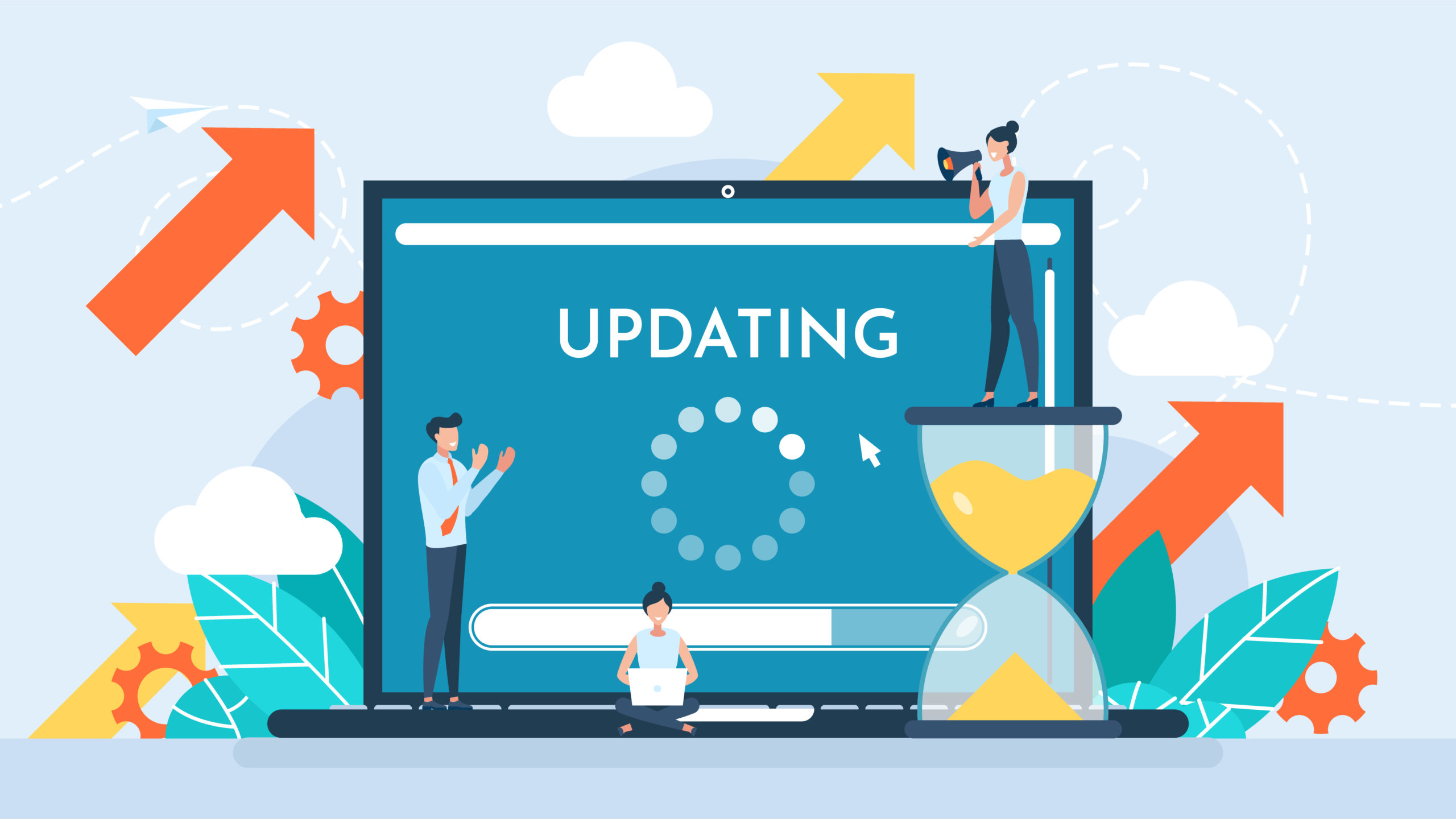B2B messaging is the driver of all marketing activities, giving audiences the premise of who you are, what you do and why you do it. Without it, prospects would be left to guess at this, which can leave more questions than answers and no understanding of your product, solution or service offering. Strong B2B messaging makes it clear what your organization can help other organizations with. Sometimes, it is not as easy as it may seem. But, when change happens, your messaging might not be as relevant or impactful as it once was. Not sure if your messaging is falling flat? Look out for these three signs and consider these three ways to give your B2B messaging a refresh and get your marketing back on track.
Three Signs Your Messaging is Falling Flat
1. Industry Shifts
Industries are always changing. It can be a very slight shift or it could be something extremely impactful, like the COVID pandemic. Whatever the case is, industry changes are often one of the key reasons messaging falls flat. The same messaging points that were used before using relevant industry terms or information could have changed, leaving your messaging to fall flat. Be mindful of industry changes. Just because there is an industry change does not mean you have to update messaging, but if competitors are making changes and your organization thinks it is important to do so, then it might be best.
2. Declining Conversions
Something tangible and quantitative in understanding if messaging is falling flat is decreased form conversions. Whether it is on contact us forms, request demo forms or gated content, if there has been a steady decrease over time, this might signal something related to your messaging. If messaging points are not impactful, prospects and users do not feel inclined to take the action step. These add up over time contributing to the downward trend of form conversions. If this is a trend your organization has noticed, it could be time to refresh your messaging.
Looking for ways to boost conversions and gain more website traffic? Download our free Digital Marketing Strategies eBook, packed with actionable best practices, strategies and more.
3. Recent Changes to Product, Solution or Services
Organizations update products, solutions or service offerings every so often, some more than others. Regardless of how much this happens, if there is something new that your organization has, it is best to ensure messaging can get that across. Old messaging on websites with outdated product or solution information can leave prospects wondering what is true and what is not, indicating messaging is falling flat and not conveying the complete picture. Update messaging to include anything new related to product or service updates.
Three Ways to Give Your Messaging a Refresh
1. Consider the Target Audience
Messaging is effective if it connects to target audiences. This should be the core of any B2B messaging. It is important to consider what is important to them. What will make an impact? This might not mean a complete dissolution of previous messaging, but rather small tweaks here and there. As industries change and target audiences evolve their needs, the messaging evolves as well, ensuring that it effectively addresses and reaches the needs of audiences.
2. Consider Buyer Expectations
Buyer expectations also change and with that, messaging needs to meet any changing expectations. Personalized messaging goes a long way to meet many buyers’ specific needs. If something feels too generic, a prospect might feel like one of the hundreds of other people going through a similar buying process. If messages are personalized to touch on key pain points and needs, it adds a personal touch, showing prospects that the challenges they face can be addressed by an organization’s product, solution or service. Buyers are expecting messaging to be more customized than ever, so keep this in mind when refreshing messaging.
3. Consider Alignment with the Buyer’s Journey
Each stage of the buyer’s journey is different than the previous stage. Prospects in the awareness stage are not in the same situation as someone in the decision stage. Each stage brings different content, and with that, messaging. The further along a prospect is in the buyer’s journey, the more customized, similar real-life applications they are looking for. It is a big decision to purchase a product, service or solution, and buyers want to ensure they are making the right decision for their organization. Messaging at each stage of the buyer’s journey should match what prospects are expecting. In the awareness stage, messaging should get them interested in what your organization has to offer, as they move into the consideration and decision stages, it should be focused more on the product or service offering, highlighting key features or positives of implementation. Put yourself in the shoes of the buyer and think about what messages will make the most impact as they move throughout the buyer’s journey, and refresh messaging from there.
Refreshing B2B messaging is not a once-every-few-years thing. It should constantly be revisited as industries, buyer expectations and more are always changing. Looking for more insight on strong B2B messaging and reaching key target audiences? Check out our Brand Messaging Course, a self-guided, self-paced online course with step-by-step modules on establishing, implementing and refreshing B2B messaging.

